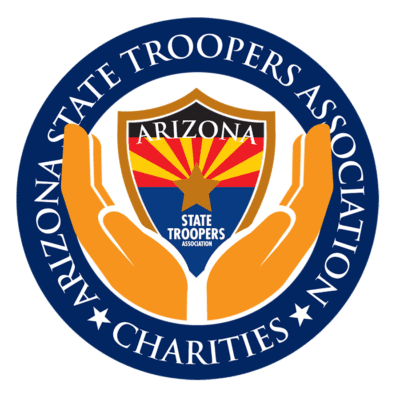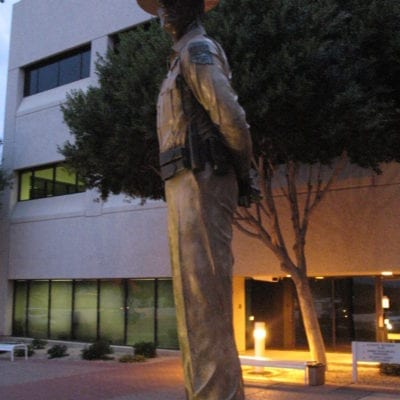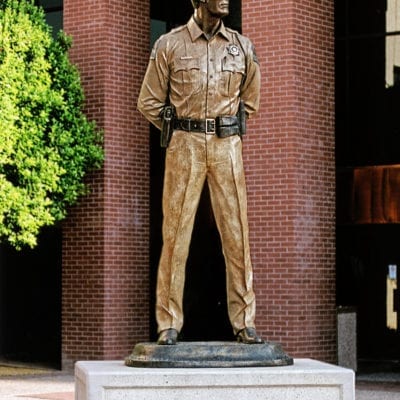Author: James Dudley
Law enforcement training for responding to mass shootings has evolved since a lone gunman appeared in a Texas University clock tower in 1966. Between 2000 and 2016 there were 220 active shooter incidents with 1,486 casualties in the United States, with 661 killed and 825 wounded. Last year, there were 28 incidents of such attacks resulting in 147 deaths and nearly 700 others injured. Regardless where or when these attacks occur, they unequivocally require the response of law enforcement, emergency medical personnel, fire and other support services. The guidelines and procedures that govern this response are critical.
NFPA standard outlines police, fire and EMS response
Undoubtedly, law enforcement is the lead agency in preparing for and responding to an active shooter incident. Until now, fire departments and emergency medical service (EMS) agencies have acted as secondary – although still critical – support. It is fair to say that these entities could provide a greater level of support, especially when it comes to real-time, lifesaving response. On May 1, 2018, the National Fire Protection Association (NFPA) released NFPA 3000 (PS) Standard for an Active Shooter/Hostile Event Response (ASHER) Program. This standard details how fire departments and EMS agencies can aid in the preparation, response, mitigation and recovery of a situation involving a mass shooting or other mass casualty incident.
The ASHER document uses established systems and practices such as the National Incident Management System (NIMS) and the Incident Command System (ICS), including Unified Command. This is an important document that is not only beneficial to fire and EMS agencies, but also to law enforcement, public health agencies and other municipal departments that may respond to such catastrophic events. The document allows individuals outside of fire and EMS to know and understand how those first responders will operate at the scene of an active shooting.
This document opens lines of communications before, during and after events and outlines roles and responsibilities. The result is the less likelihood of duplication of effort in chaotic environments.
Roles and responsibilities in the hot, warm and cold zones
To date, police and fire personnel have often been frustrated and stymied by the fact that policies and guidelines keep much-needed medical aid from responding into areas where threats remain.
The ASHER document clearly outlines the duties and responsibilities of fire and EMS personnel in the critical hot, warm and cold zones of a mass casualty incident.
Section A.13.3.1.1 describes the current understanding that “Fire and EMS do not typically operate in a hot zone. It is understood that different municipalities and jurisdictions could have the ability to do so as part of a specialized team.” This is a reference to some agencies deemed public safety departments, where police and fire personnel are interchangeable in training, assignments and duties. Some SWAT teams may have a EMTs or paramedics, while some agencies are blessed to have an MD on the team, often referred to as the SWAT doc.
The NFPA document defines fire and EMS roles and responsibilities in life-saving situations in hot and warm zones where law enforcement may not have given the all-clear (meaning the shooter(s) have been captured or disabled). This is a departure from traditional standards where wounded and injured may be in need of help but cannot be seen or evacuated by medical support personnel as the scene is not secure. The new guidelines suggest that, should a situation evolve and fire and EMS personnel find themselves inside such perimeters with an active shooter, they may remain and render aid as long as law enforcement is providing active force protection in the form of a Rescue Task Force (RTF).
Associated with the implied directive is a new set of standards and guidelines that describe personal protective equipment (PPE) to help protect first responders. Protective gear for medical responders is described as ballistic protective equipment (BPE) such as Kevlar helmets, body armor and ballistic shields. This is the most encouraging section of the document in that it addresses the need for immediate medical response beyond the capabilities of law enforcement. With the exceptions previously noted where medics or doctors are embedded into SWAT teams, law enforcement officers are expected to render limited medical aid. Emergency first aid training for law enforcement has ranged from basic first aid to applying a tourniquet, dressing wounds, applying gunshot wound kits and, in some cases, delivering advanced first aid.
Communications, training key to successful response
Communications issues are addressed at every level within the ASHER document. The plan reinforces the ICS-prescribed Unified Command, where law, fire and likely public health share command responsibilities and strategies. This is important in that each agency has different but complementary capabilities and resources. The Unified Command is a better strategy than one Incident Commander who may have filtered information through branches. Unified Command allows each agency leader the ability to instantly share goals, concerns and limitations.
The success of future shared command at incidents involving an active shooter or mass casualty incident requires multi-agency training and exercises. NIMS/ICS training is often designed with the goal of being flexible and scalable. ASHER emphasizes scalability as key to success in training for mass casualty incidents such as one involving an active shooter. The flexibility is in the design, where it is recommended against having a specific template or script. The subsequent plan addresses all aspects of the ICS organization of Unified Command over Operations, Plans, Logistics and Finance Sections.
The ASHER document is well thought out and timely given recent incidents. It should also serve as a signal to all public safety agencies to revisit their plans, revise them if necessary, and begin multiagency training and exercises. Unfortunately, a coordinated response will be called for once again.
NFPA 3000 Readiness Assessment by Ed Praetorian on Scribd





